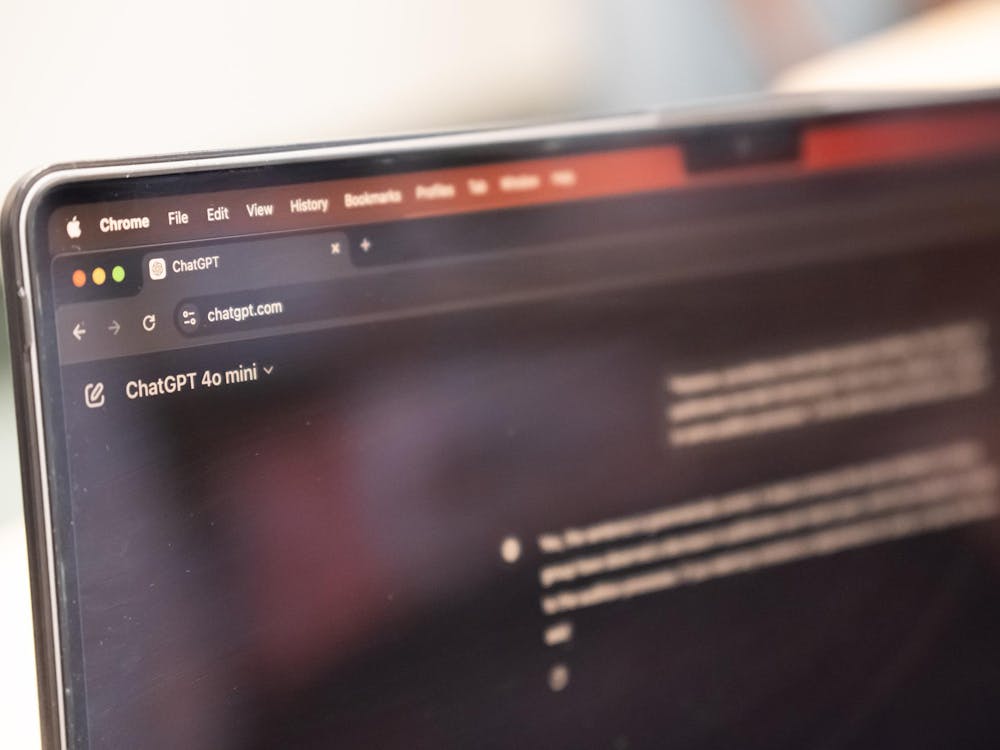The beauty of our school is that our financial aid is extremely generous — requiring us to pay no more than roughly 10 percent of our family incomes up to roughly $180,000. Just as lovely is that we offer students lots of fairly relaxed, well-paying desk jobs in places ranging from Frist Campus Center to Lewis Library to the Department of Public Safety. What’s not so beautiful, however, is our scholarship policy.
Currently, external scholarships substitute for school-offered aid, after initially fulfilling the small student savings and student earnings expectations. Effectively, that means that any scholarship over $4,500 for any given year is worthless, for all the scholarship does is cancel out any money offered by Princeton, unless it exceeds the school’s financial aid offer.
David Cassidy’s “The Scholarship Book” lists more than $2 billion of scholarships and grants available to us and details only a small fraction of the number of little competitions, companies, funds and groups offering money to students. However, Princeton students have very little incentive to tap into much of that pool, and often choose to not participate in scholarship competitions for this very reason (especially the not-so-well-known, not-so-prestigious ones).
The externality that results from a student pursuing a scholarship prize — an externality that we’re effectively giving up — can be enormous. A science fair cash prize and the prospect of helping their parents out might encourage students to join a lab, do research, practice making lab posters (which is no small undertaking), write papers and develop skills that might help make them a more successful researcher in the long term. Cash prizes have no small effect on participation. Immediately after the High School Fed Challenge dropped its financial prize (unfortunately for the Federal Reserve, Citigroup was the prize sponsor), competition participation steeply dropped over four years, causing fewer and fewer students to take part in what can be a really transformative experience for students considering working for the Fed and the Treasury Department. Soon, regional Federal Reserve banks stopped holding the competition — whereas 10 of the 12 Regional Banks participated in the Fed Challenge in the early 2000s, only four did so in 2009, and as of this year, only two (New York and Chicago) remain.
What makes the University’s choice interesting is the fundamental difference in the way we treat dollars earned through jobs and dollars earned through contests. A dollar earned as a waitress is counted as student income, which falls under the category of family income. That income, with a few minor differences, is subject to the same aforementioned 10 percent rule. That means that although dollars I earn can reduce my financial aid slightly, my family can still use about 90 percent of the money I earn to pay tuition. With any total of scholarship money over $4,500, though, I lose every dollar of that money to the financial aid department. This disparity in how the school calculates need is striking, because it means how I’ve earned my money matters just as much as how much I’ve earned.
This issue can be fixed. One way is to give students the option to spread out scholarship money over all four years. This is significant because many scholarships are one-time affairs: The National Merit Scholarship, for example, is a one-time $2,500 scholarship, which must be sent to the University the year it is received. Coupled with a few small $1,000 speech-contest prizes, this money could quickly push a student over the $4,500 threshold in his freshman year. If the University allowed the student to spend a fraction of this money each year, the student could avoid exceeding the threshold in any given year. For example, a student receiving one-time scholarships totaling $8,000 could spend $2,000 each year instead of spending all the money in one year and losing $3,500 of it.
The other alternative is to simply count scholarship money as student income. This would be amuch trickier — specifically, any scholarship money spent on non-tuition items is taxable income, which means that the school would need to ensure that students spend their scholarship money properly (and that students use the scholarships as the donors stipulated). This could also be a bit more costlier for the school, as every scholarship dollar would cancel out fewer dollars of financial aid than before. That said, this change would definitely mitigate scholarship waste and scholarship attrition, as students could actively help their parents through gaining scholarships.
To paraphrase Arthur Miller, there are plenty of peels lying around Princeton. The problem is that the oranges have been thrown out.
Adi Rajagopalan is a sophomore from Glastonbury, Conn. He can be reached at arajagop@princeton.edu.








